Commercial Hood Cleaning Benefits
Commercial hood cleanings are essential for maintaining safety, compliance, and operational efficiency in foodservice establishments. Regular cleaning removes grease buildup, reduces fire hazards, and ensures proper ventilation. Timing these cleanings appropriately can enhance their effectiveness and minimize disruptions to business operations.
Scheduling hood cleanings before busy seasons helps maintain optimal performance during peak hours.
Cleaning after renovations ensures removal of dust and debris, restoring proper airflow.
Periodic cleanings, typically every 3 to 6 months, keep systems functioning safely and efficiently.
Performing cleanings prior to inspections can help meet safety standards and avoid violations.
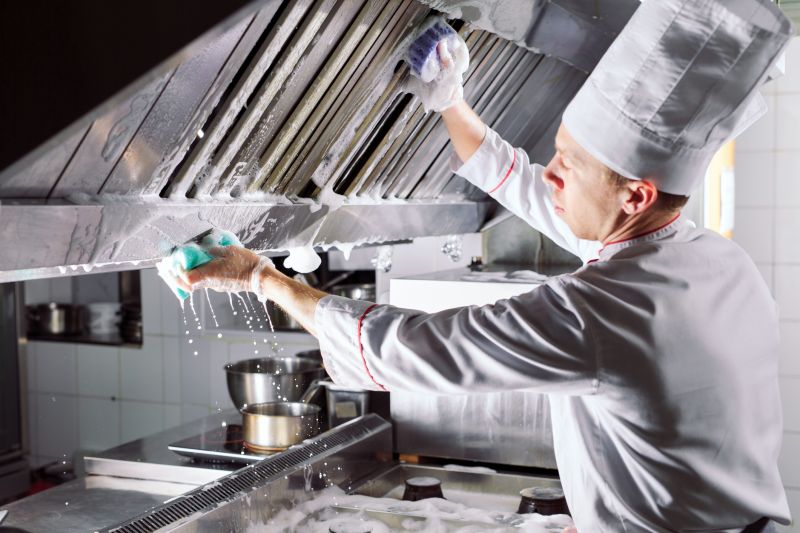
Technicians thoroughly clean commercial hoods to ensure safety and compliance.
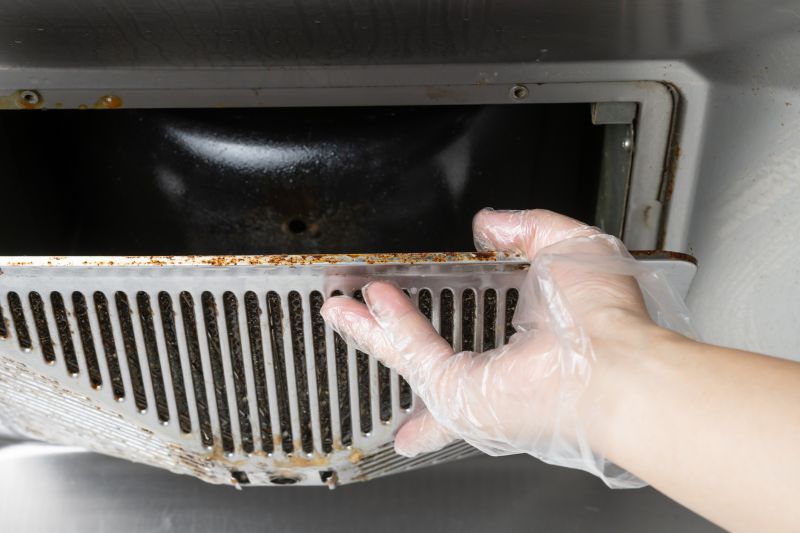
Effective removal of grease buildup prevents fire hazards and maintains airflow.
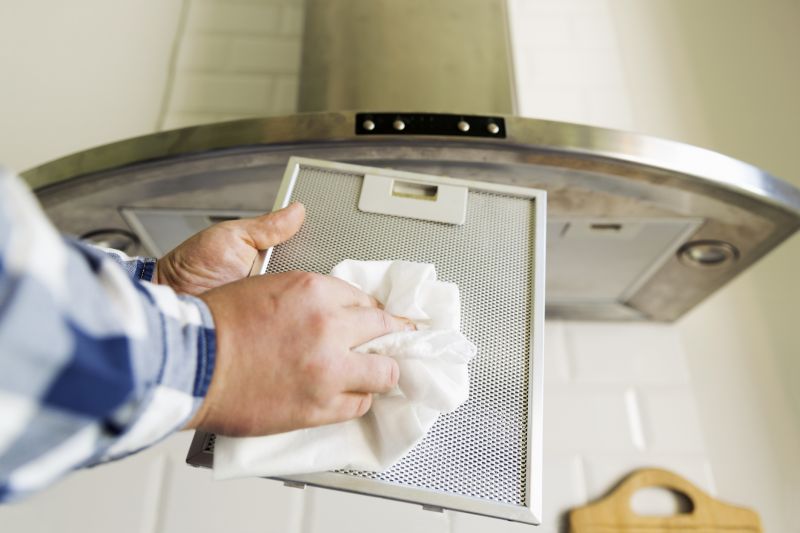
Inspecting the system after cleaning ensures all grease and debris are removed.
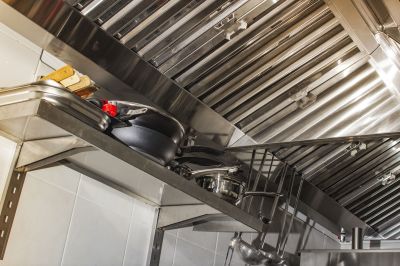
Ways to make Commercial Hood Cleanings work in tight or awkward layouts.

Popular materials for Commercial Hood Cleanings and why they hold up over time.
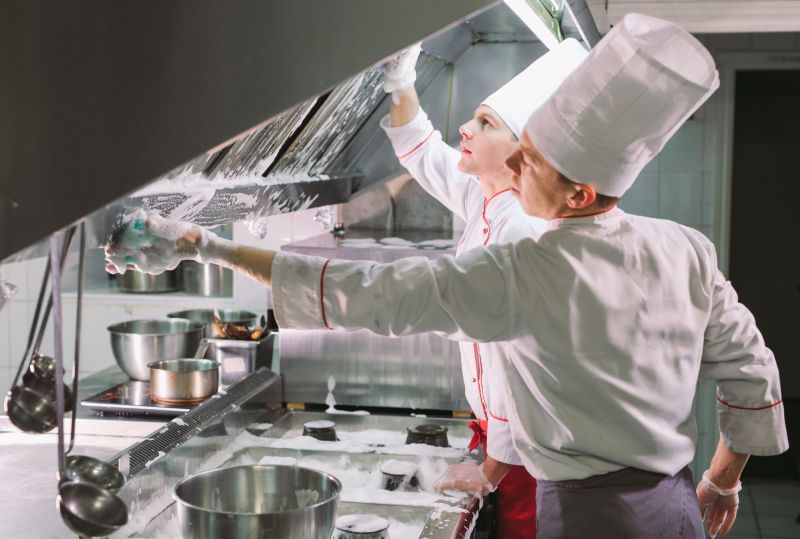
Simple add-ons that improve Commercial Hood Cleanings without blowing the budget.
| Timing Consideration | Details |
|---|---|
| Peak Business Seasons | Schedule cleaning before busy periods to ensure system efficiency. |
| Post-Construction | Cleanings after renovations prevent dust and debris buildup. |
| Regular Intervals | Every 3-6 months to maintain safety and performance. |
| Pre-Inspection | Perform prior to health and safety inspections. |
| Post-Incident | Immediately after fire or smoke incidents to remove hazards. |
| Off-Peak Hours | Schedule during low-traffic times to minimize disruptions. |
| Change in Menu | When introducing new cooking methods that produce more grease. |
| Equipment Upgrade | After installing new ventilation or cooking equipment. |
Commercial hood cleanings are a critical component of restaurant safety and compliance. Grease buildup in kitchen exhaust systems not only hampers airflow but also poses significant fire risks. Regular cleaning reduces the likelihood of fires, helps meet health regulations, and maintains a safe environment for staff and customers. Industry standards recommend cleaning every three to six months, depending on the volume of cooking and type of cuisine. Businesses that neglect these routines risk penalties, insurance issues, and operational downtime.
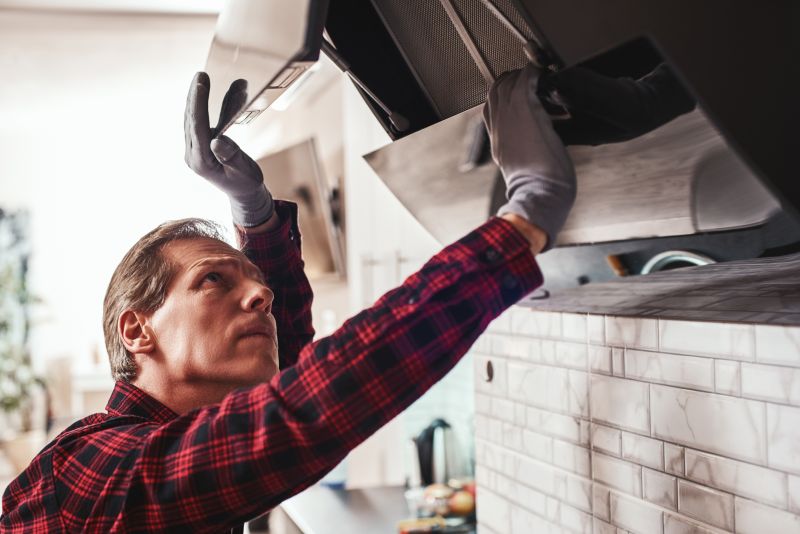
Specialized tools used to remove stubborn grease from exhaust hoods.
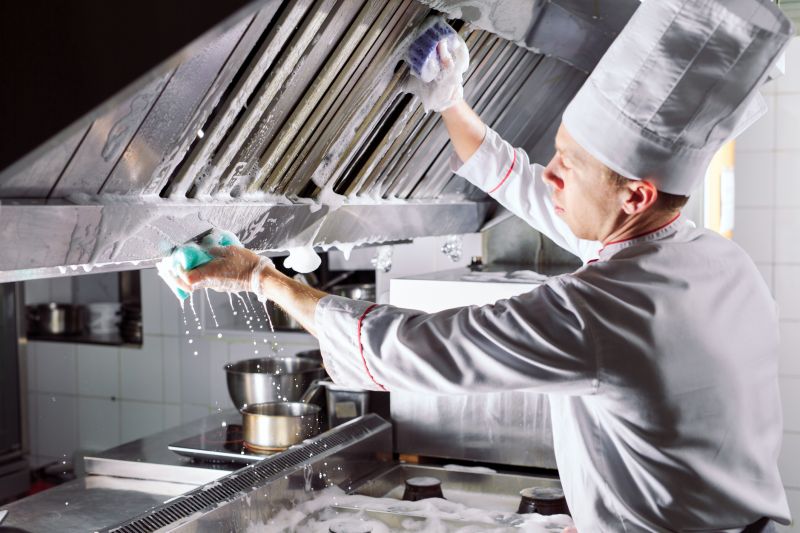
Detailed checks to ensure all grease has been properly removed.

System restored to optimal working condition after thorough cleaning.

Regular servicing of grease traps to prevent blockages and fire hazards.
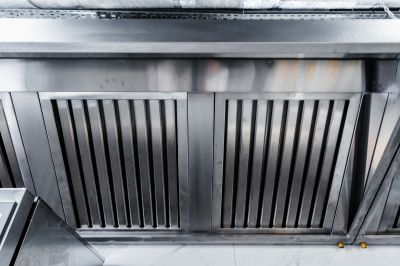
High-end options that actually feel worth it for Commercial Hood Cleanings.

Finishes and colors that play nicely with Commercial Hood Cleanings.
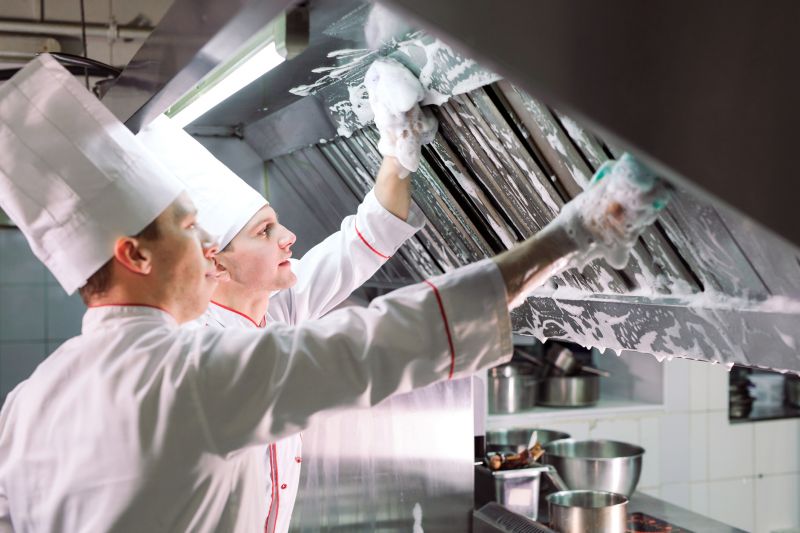
Little measurements that prevent headaches on Commercial Hood Cleanings day.
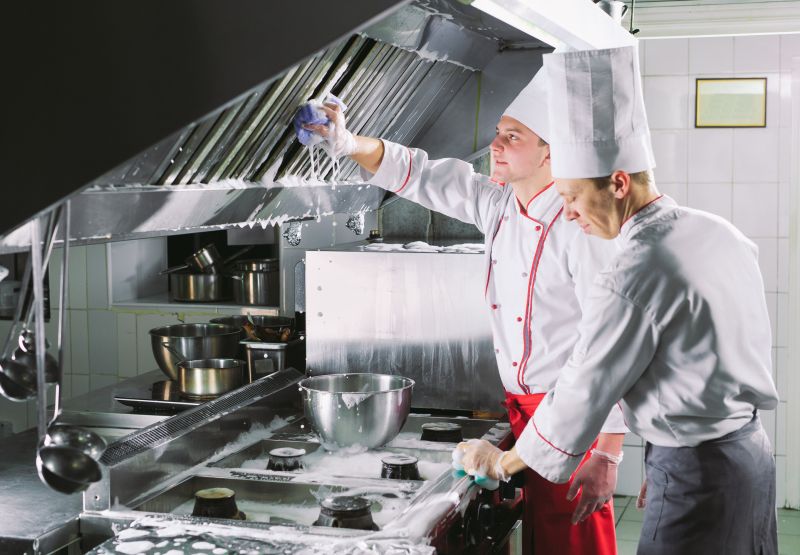
A 60-second routine that keeps Commercial Hood Cleanings looking new.
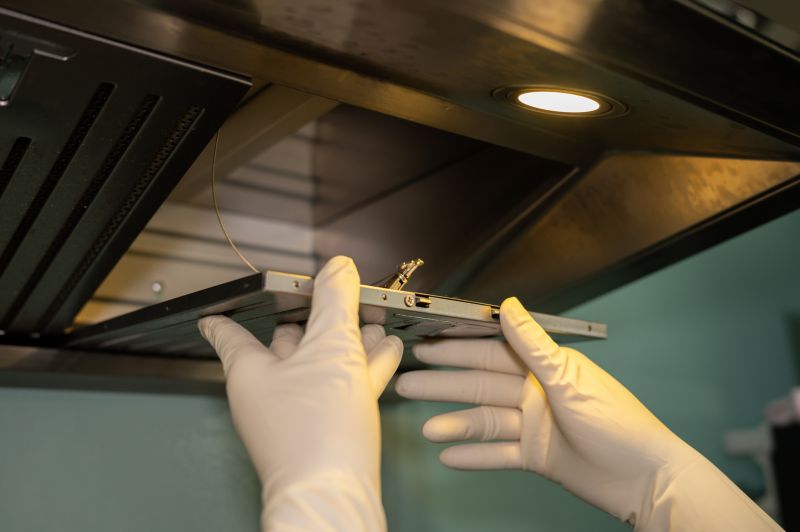
A frequent mistake in Commercial Hood Cleanings and how to dodge it.
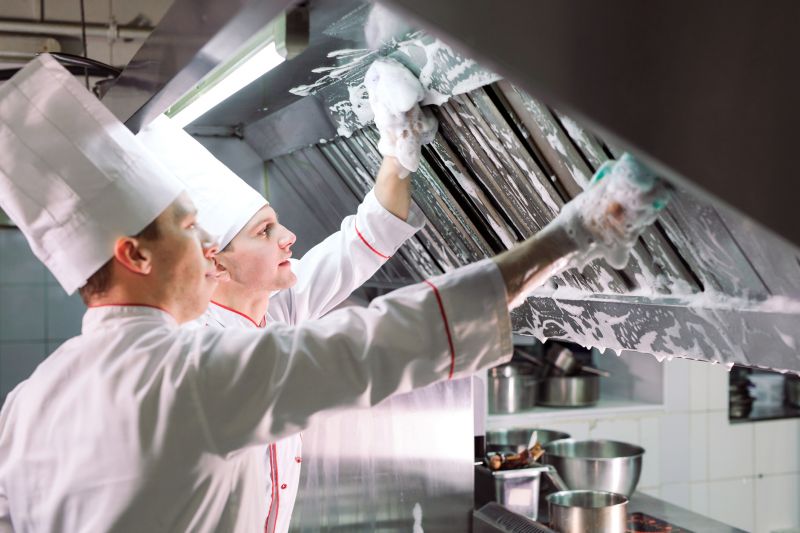
Small tweaks to make Commercial Hood Cleanings safer and easier to use.
Scheduling regular commercial hood cleanings is essential for maintaining a safe, compliant, and efficient kitchen environment. Proper timing of these services can prevent costly repairs, reduce fire risks, and ensure smooth operations. Businesses should consider their specific cooking volume, menu complexity, and local regulations when planning cleaning intervals. Consulting with professional cleaning providers can help determine the optimal schedule tailored to individual needs.
Prevents grease buildup, reduces fire risk, and ensures compliance.
Minimizes operational disruptions and allows thorough cleaning.
Regular inspections help identify when cleaning is needed.
Adhering to local fire codes and health standards is essential.



